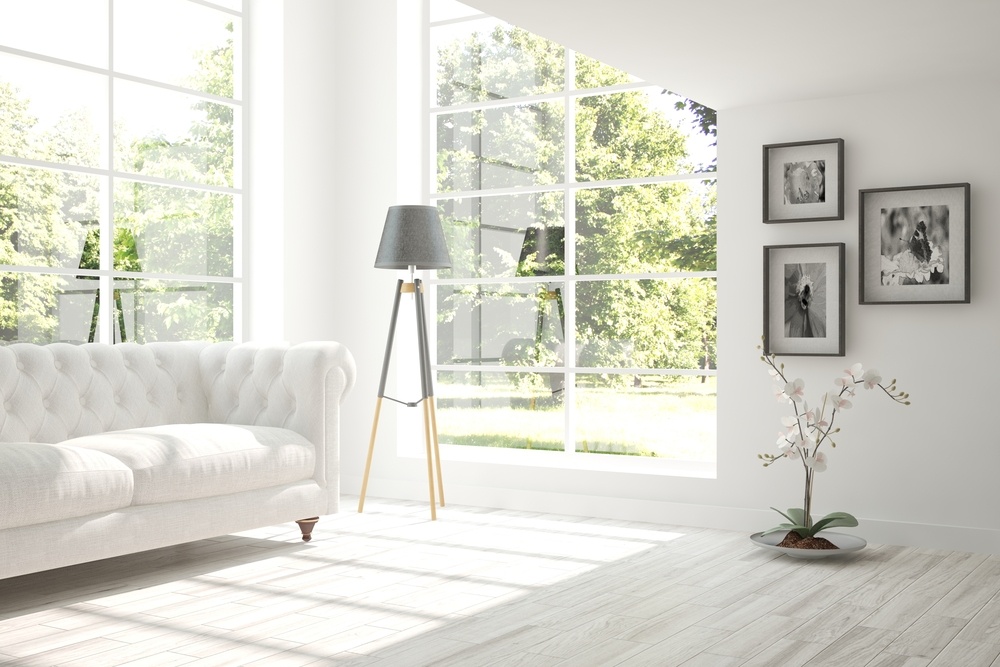Start the new year off on a great foot? Use these tips to help improve the air you and your family are breathing every day.
Start the new year off on a great foot? Use these tips to help improve the air you and your family are breathing every day.
Air Quality Assessors / 844-CALL-AQA
 Unlike our skin or liver, which developed mechanisms to eliminate unwanted pollutants, the lungs didn’t develop an efficient mechanism to remove fine dust particles or block harmful gases from entering the bloodstream. I heard an explanation once that argued that because air pollution wasn’t abundant in the atmosphere until the past few hundred years, evolution didn’t have to “deal” with it (unlike UV or toxins like Benzo(a)pyrene).
Unlike our skin or liver, which developed mechanisms to eliminate unwanted pollutants, the lungs didn’t develop an efficient mechanism to remove fine dust particles or block harmful gases from entering the bloodstream. I heard an explanation once that argued that because air pollution wasn’t abundant in the atmosphere until the past few hundred years, evolution didn’t have to “deal” with it (unlike UV or toxins like Benzo(a)pyrene).
- There are dozens of pollutants and sources of pollution in residential (indoor) spaces, and their concentrations can be tens of times greater than in the ambient (outdoor) air. The composition of pollutants in the home space is varied, from pollutants that are typical of combustion processes such as nitrogen dioxide, pollutants emitted from electronic products such as flame retardants, to radioactive pollutants emitted from the earth (radon). Each of the pollutants has health impacts on humans, anchored in a large scientific base. But the combinations of those pollutants raises the question of whether there are synergistic effects, especially with long term exposure.
- Many people are not aware of the true quality of the materials and products used in new furniture or carpets they are purchasing. The materials used in these common household goods may emit toxic chemicals into the home environment, increasing indoor air pollution dramatically over a short and long period of time. Even an action that seems trivial, such as cooking or printing, exposes us to dozens of toxic organic compounds and respirable particles. Today there is broad scientific agreement on the connection between the exposure to residential air pollutants and to the appearance of respiratory diseases in children and adults. Therefore, there is a real need to raise awareness of indoor air quality and the technologies to improve it.
- There are three major strategies for enhancing air quality in the home space.
- The first strategy is to prevent or control the formation of contaminants – for example, by reducing processed wood products and carpets in the home.
- The second strategy is to ventilate (actively or passively) the home space. However, there are cases where the outdoor air quality is worse than that indoors, or the weather conditions does not permit.
- The use of technological products to improve air quality is needed when the first two strategies are not enough. Air-conditioning and systems have great potential for improving air quality at home if we know how to plan and adapt it to existing air purification technologies. In my view, advanced air purification technologies need to be integrated as standard in residential air-conditioning systems.
Indoor air pollution is a concrete problem in both new and old buildings throughout the world. Rachel Carson, in her book, Silent Spring, says, “For the first time in the history of the world, every human being is now subjected to contact with dangerous chemicals, from the moment of conception until death.” This statement summarizes the situation for residential indoor air quality.
We all take risks in everyday life: driving in cars, travelling by airplane, biking to work, crossing a busy street, playing extreme sports, to name a few. However, perhaps more risky to our health is a risk we aren’t even knowingly taking, an that is our exposure to environmental pollutants, which carry various degrees of risk. Among these, there are some risks that cannot be avoided, some which are hard to avoid because they are so ingrained in our daily routines, and there are those that we could avoid, if we only had the knowledge.
In-home air pollution is exactly the kind of health risk that we can avoid and minimize our exposure to, if we have the knowledge and information available. The combination of the three strategies above appears to be the most effective solution for reducing the exposure to these pollutants and the harmful health effects of their exposure.
Air Quality Assessors Video Promotion from Air Quality Assessors on Vimeo.
Find out more about Air Quality Assessors and contact Steve Berman / steve@airqualityassessors.com
Discover more from SFPMA
Subscribe to get the latest posts sent to your email.


